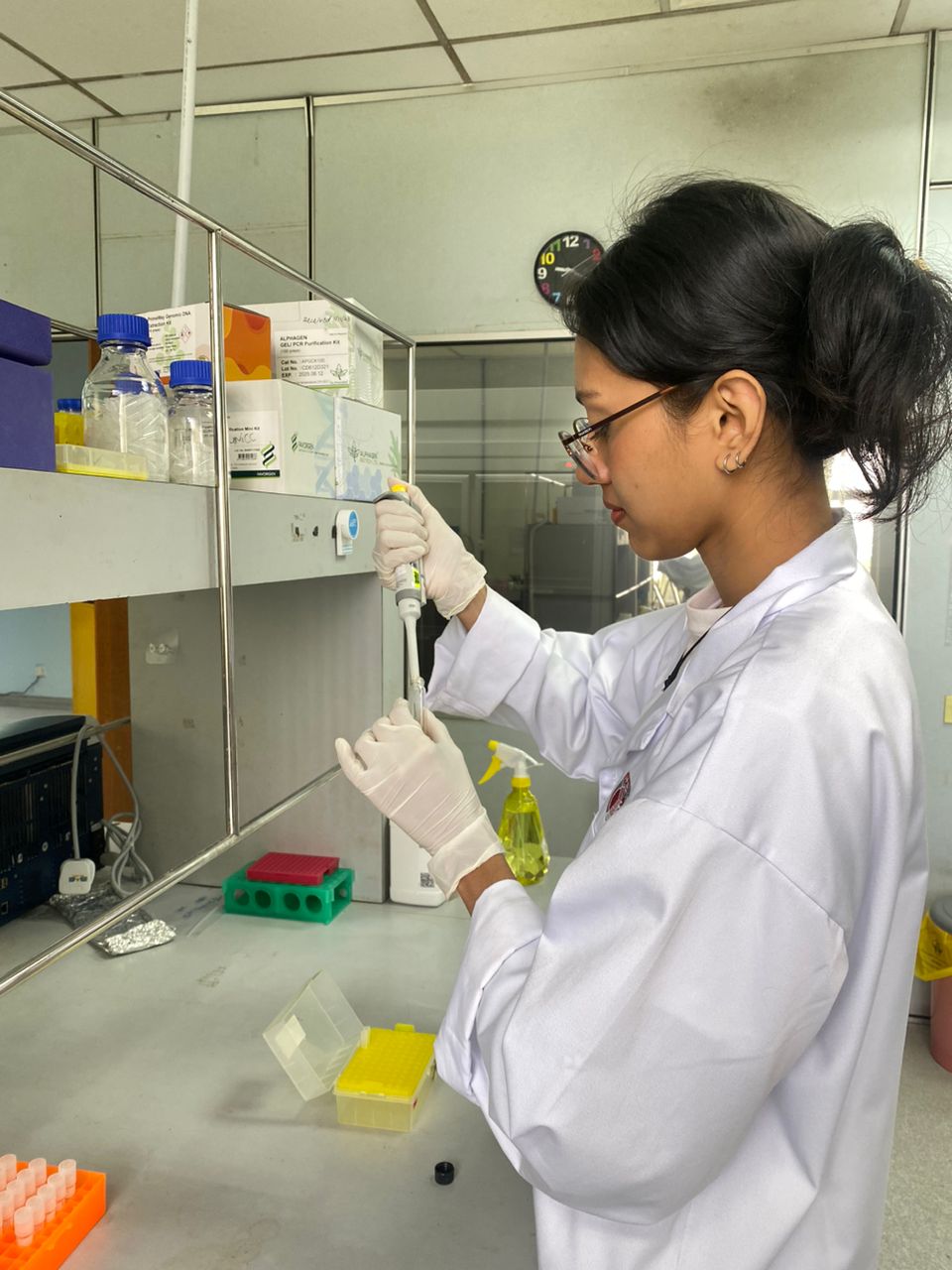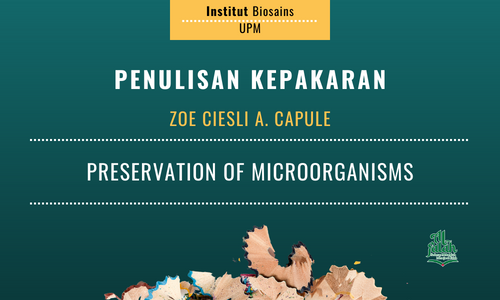Ficus carica Linn. belongs to the family Moraceae which is also known as fig or “pokok tin” in Malaysia. The plant is one of the oldest fruit plants in the world. It native to rural area of Western Asia and Mediterranean region. It also grows in most tropical and subtropical forests. The fig plant is also a kind of shrub tree, woody and can grow up to 10 -11 feet in height.
Almost all plant parts of fig plant have high medicinal properties. Traditionally, the roots of fig plant are commonly used in treating of leucoderma and ringworm infection. The fruit has been used as antipyretic, purgative and aphrodisiac. The latex is used to treat skin infection and reported to have hypoglycaemic, anti-inflammatory, antioxidant, antiviral, antimicrobial and anthelmintic activities.
The fig fruit can be eaten fresh and it has various colours such as yellow-green, yellow, green, red-purple and dark-purple. It is enriched with nutritional values such as vitamins, trace minerals, water, fats, calcium, fibre and high alkaline.
Conventionally, fig plants are propagated using matured wood cutting or grafts.
However, the main problem faced by the industry is the difficulty in producing high quality and large-scale fig seedlings to fulfil the local market demand. Besides, appropriate use of fertilizer to promote the fig growth need to be given much attention.
Through the allocation from the Ministry of Higher Education, namely the Public-Private Research Network (PPRN) grant scheme, researchers have produced high-quality and large-scale fig seedlings using tissue culture techniques, fertilizer innovation and biogreen products to control pests.
by,
Biodiversity Unit
Institute of Bioscience
Date of Input: 13/09/2017 | Updated: 10/02/2021 | azah
MEDIA SHARING












.png)






